Japanese architecture and the Olympics: pavilions pop up
A family of architectural pavilions by Japanese architects and artists has appeared in the urban cityscape ahead of the Tokyo Olympics, courtesy of Tokyo Metropolitan Government, Arts Council Tokyo and the Watari-um art museum
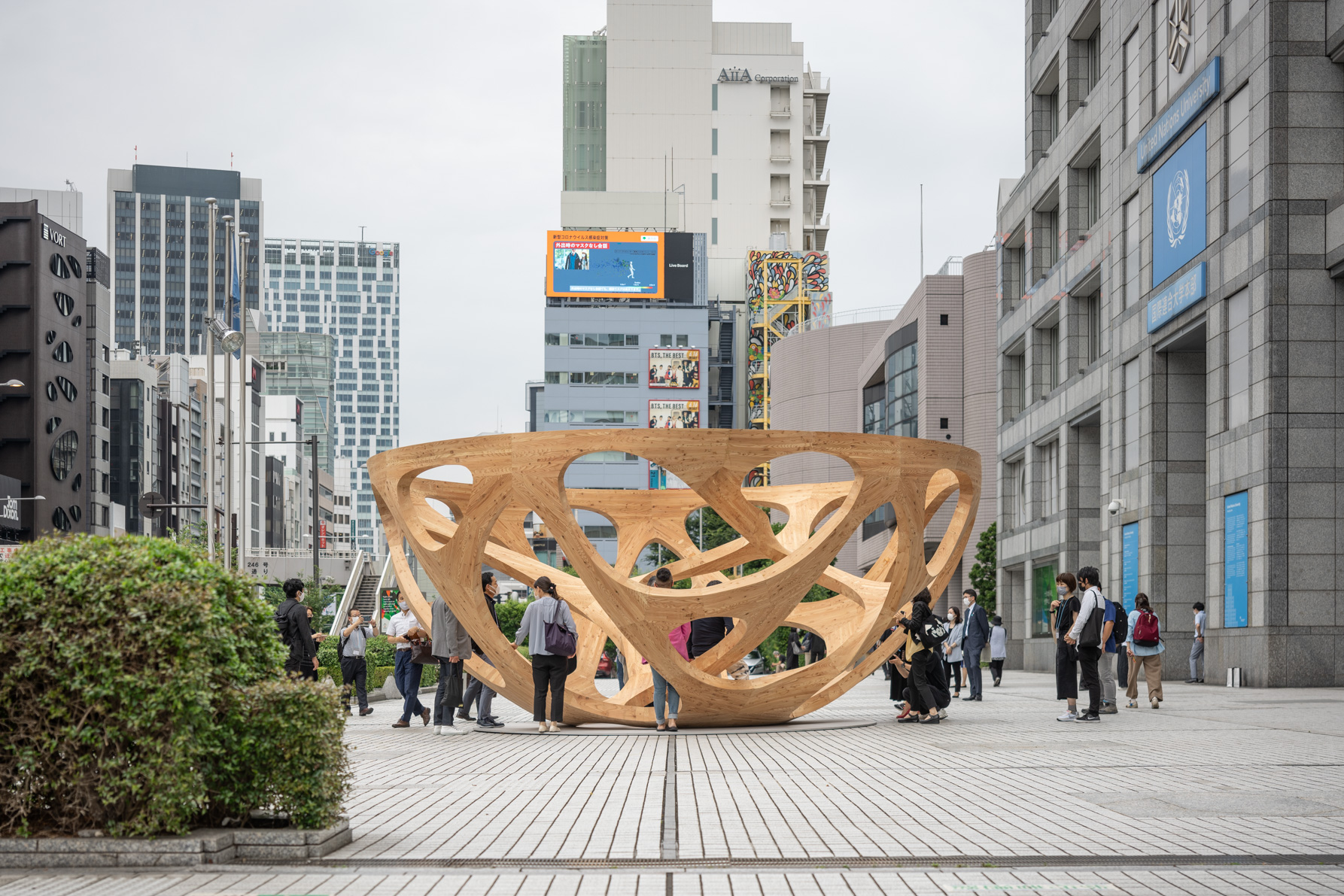
A white cloud hovering among the trees. A tea house wrapped in grass and charred wood. A curved line of sky-reflecting water flowing through a historic park. These are among nine new architectural pavilions dreamt up by six Japanese architects and three artists, which recently cropped up across the cityscape just ahead of the opening of the Tokyo Olympics. The temporary installations were brought to life through Pavilion Tokyo 2021, a project by Tokyo Metropolitan Government, Arts Council Tokyo and the Watari-um, a contemporary arts museum. These Japanese pavilions include work by creatives such as Terunobu Fujimori, Sou Fujimoto and SANAA.
Describing the concept as a ‘treasure hunt’, Estuko Watari, Watari-um director and executive committee chair of Pavilion Tokyo, explains: ‘It is summer 2021, a year in which the world is changing dramatically during the pandemic. In this same year, these mysterious pavilions, which are hard to imagine existing, have appeared in the city of Tokyo.'
She adds: ‘The city has always had such memorable scenes in it. This project aims to create a new story of the city.’ Many of the pavilions – displayed until 5 September – are loosely scattered around the new Kengo Kuma-designed National Stadium, the heartbeat of the Tokyo Olympics.
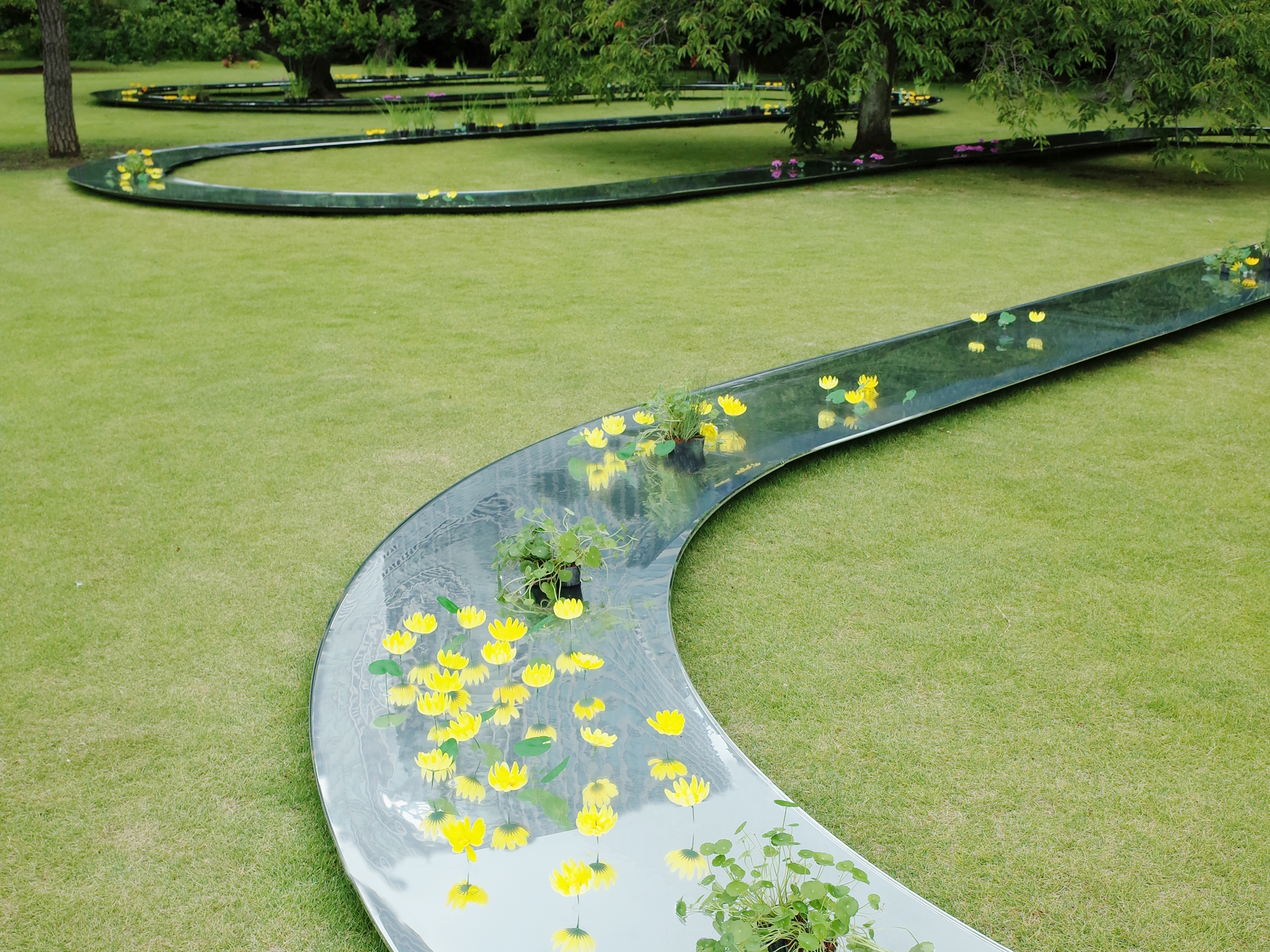
Suimei by Kazuyo Sejima
Among them is Go-an, a teahouse created by architect Terunobu Fujimori. Visitors climb through a hole cut into the façade of grass and yakisugi, or charred cedar, a modern nod to the humbling nijiriguchi crawl-through door in traditional tearooms. After visitors have slipped off shoes, ladder-like stairs lead them to the top floor, complete with a washi lantern and direct views of Kuma’s wood and plant-packed stadium.
‘A tea house requires otherworldly characteristics,’ says Fujimori. ‘Once you climb up and enter through the narrow and dark crawl-in entrance, you see completely different scenery.’
Meanwhile, two floating Cloud Pavilions – one positioned among the greenery in Yoyogi Park and the other at Takanawa Gateway Station – were created by architect Sou Fujimoto.
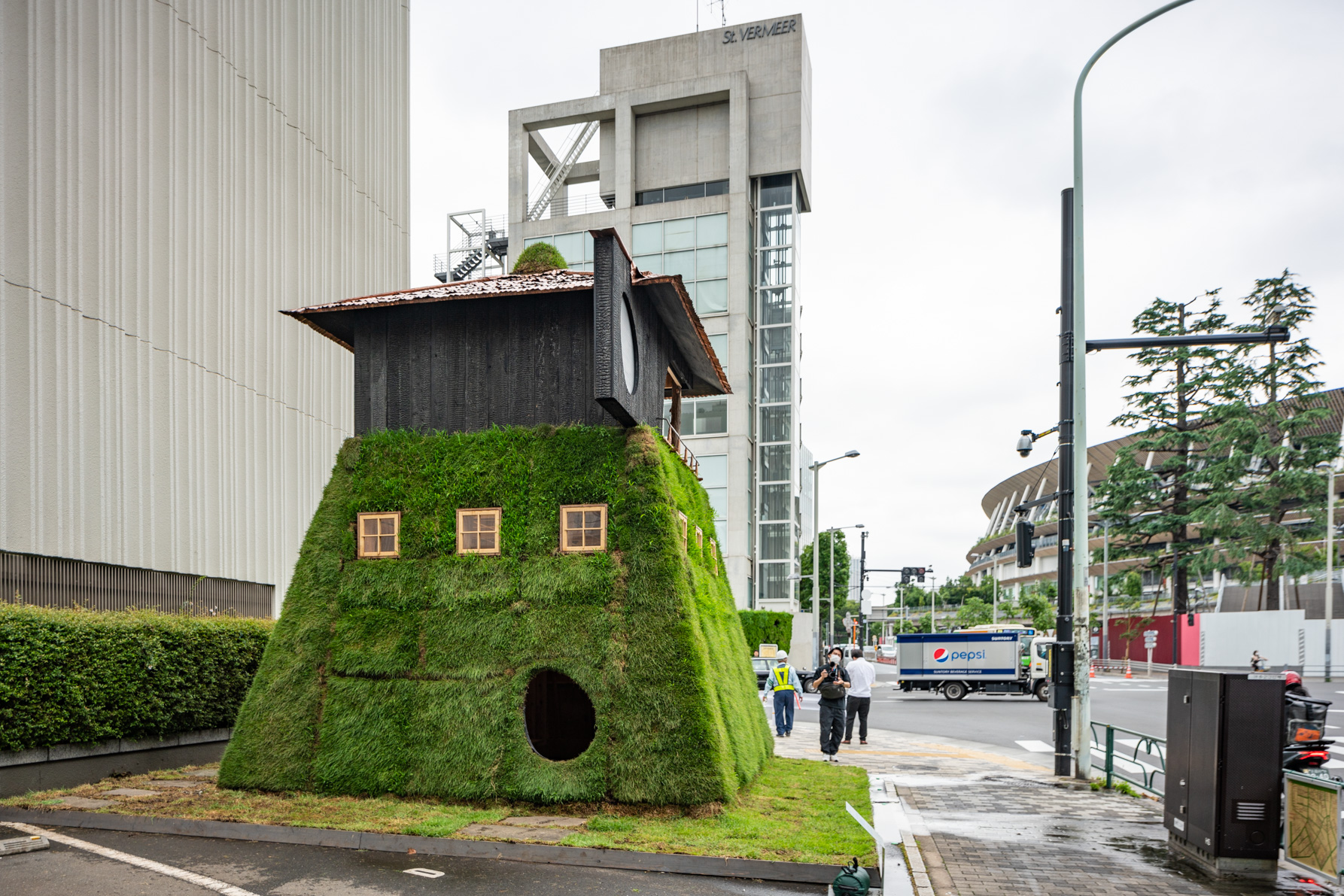
Tea House Go-an by Terunobu Fujimori
Each is a white molecular-like formation of balloons, with three stilt-like legs, tapping into Fujimoto’s fascination with clouds: ‘It has an exterior but doesn’t have walls, yet an inner space exists. Moreover, the three-dimensional inner space is extremely complex and dynamic. Clouds cannot be realised with architecture, yet they make us feel like there is something architectural to them.'
Kazuyo Sejima of SANAA created a serene, clean-lined flow of sky-reflecting water through the traditional grounds of Hamarikyu Gardens, which is fringed with ultra-modern skyscrapers. Other highlights range from artist Yayoi Kusama’s Obliteration Room in Shibuya (a white space slowly covered in stickers) to Makoto Aida’s two ‘castles' made from blue tarpaulin and cardboard, materials often associated in Japan with natural disaster emergencies. Together, the pavilions add up to a layer of architectural intrigue across the urban fabric, heralding the Tokyo Olympics.
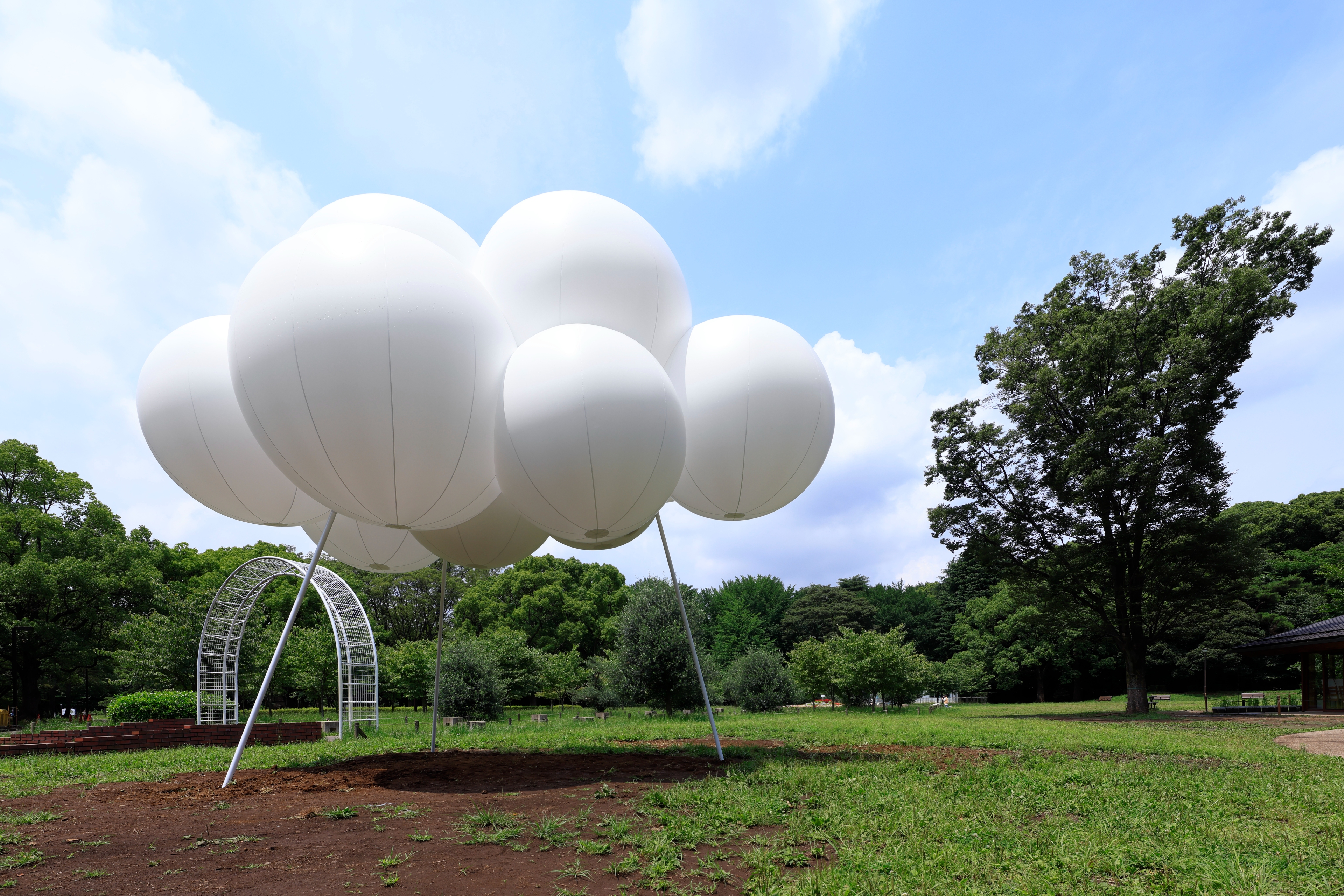
Cloud pavilion by Sou Fujimoto.
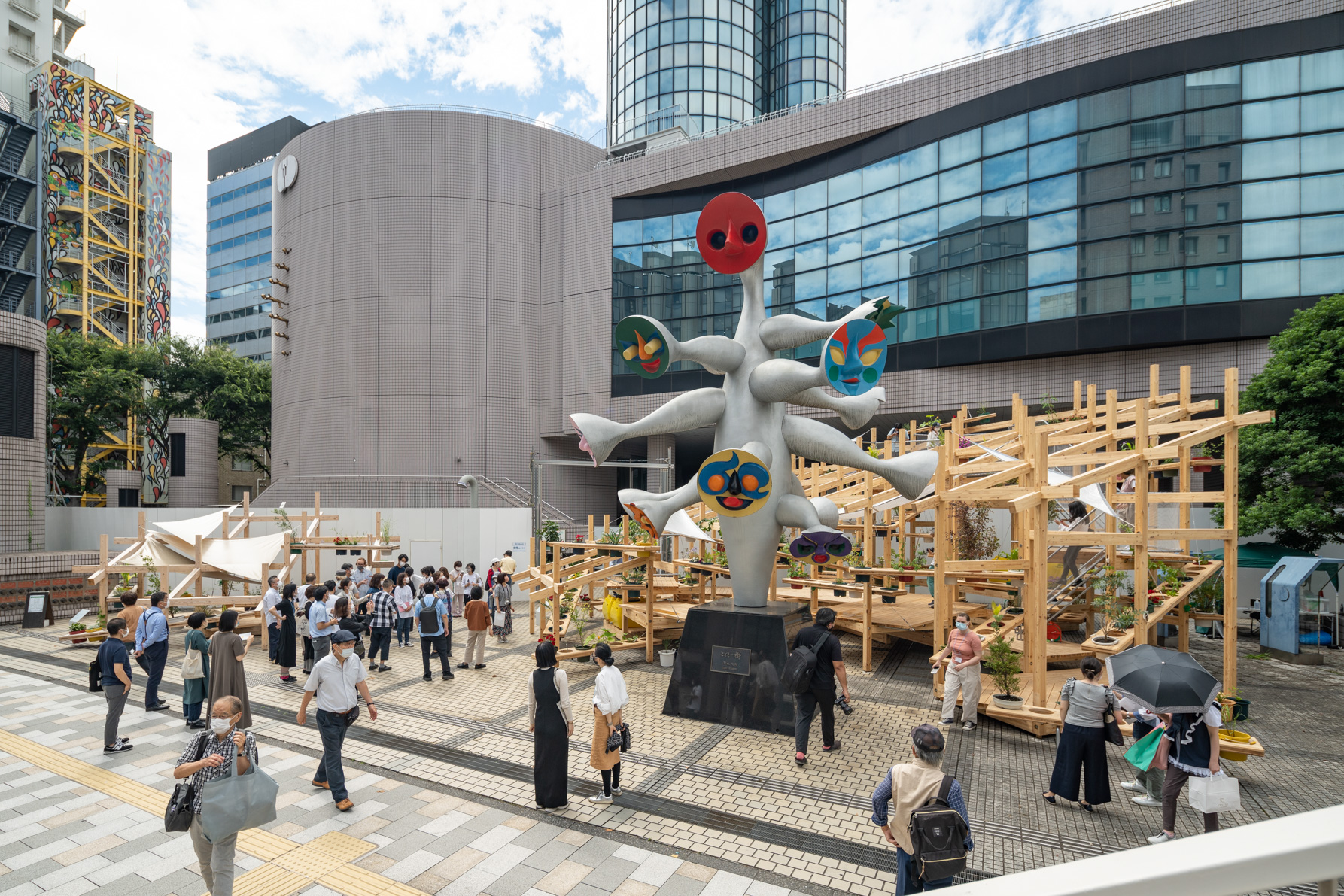
Street Garden Theatre by Teppei Fujiwara.
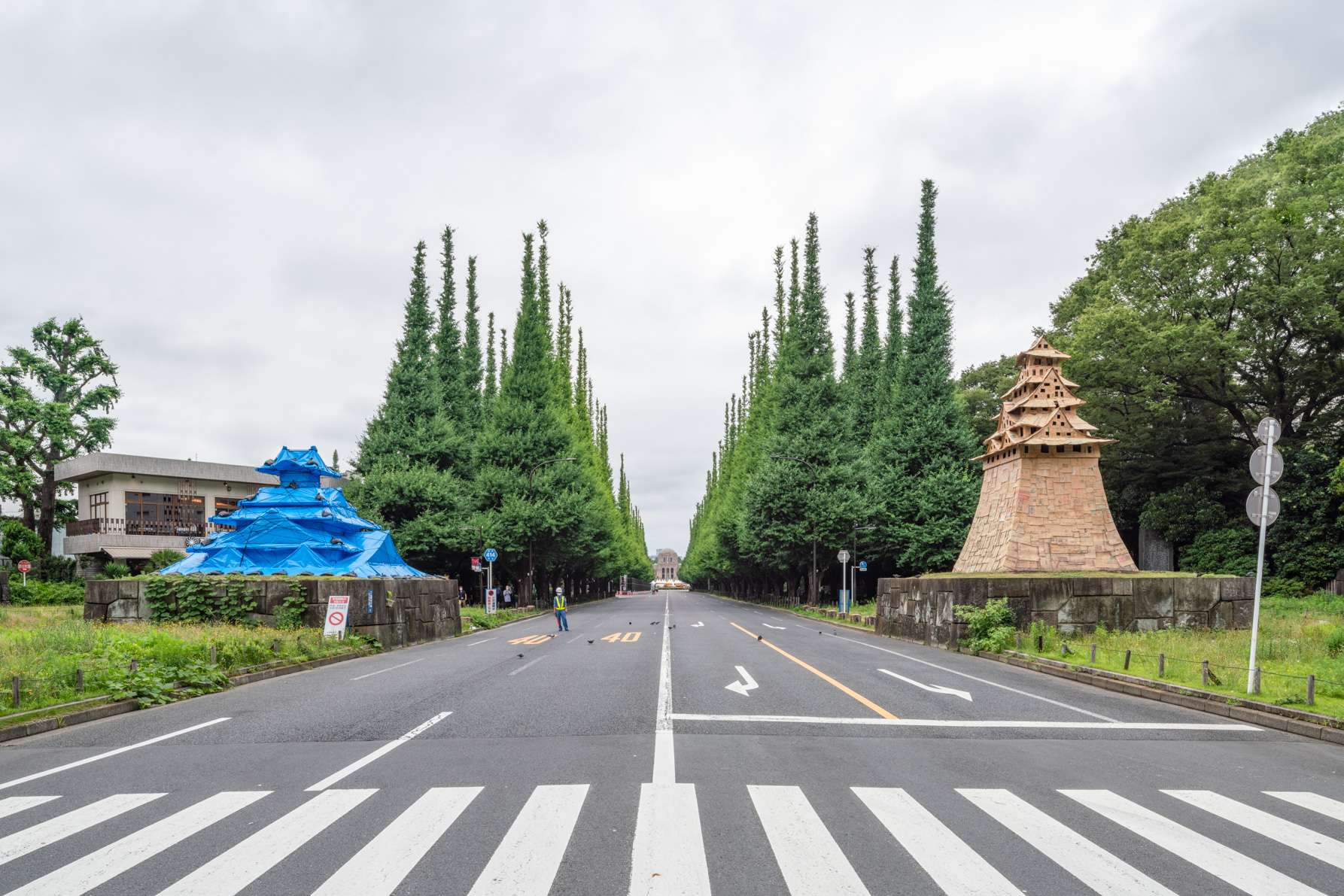
Tokyo Castle by Makoto Aida.
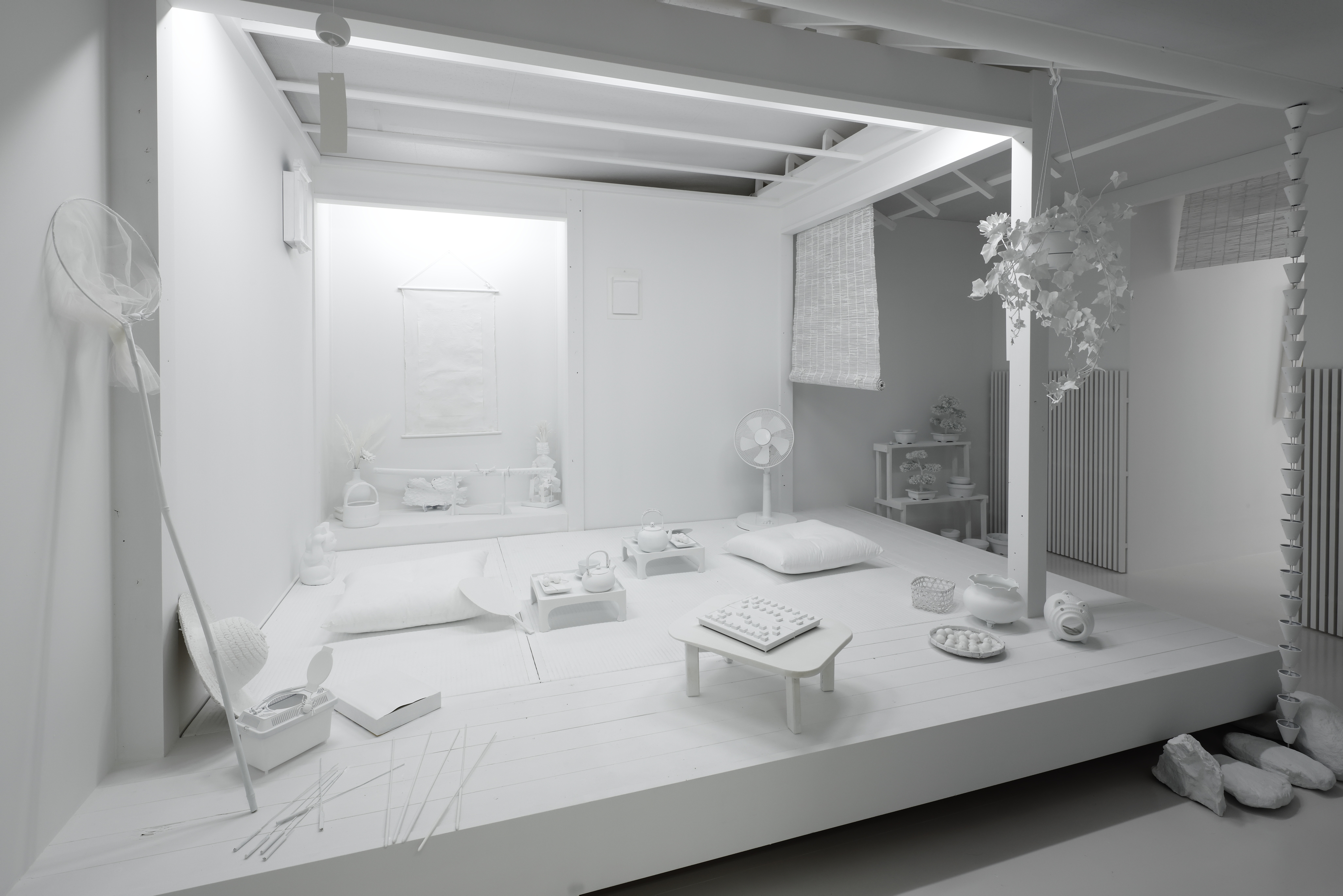
The Obliteration Room by Yayoi Kusama. Yayoi Kusama / The obliteration room 2002–present, collaboration between Yayoi Kusama and Queensland Art Gallery. Commissioned Queensland Art Gallery. Gift of the artist through the Queensland Art Gallery Foundation 2012. Collection: Queensland Art Gallery, Australia. Cooperation: OTA FINE ARTS.
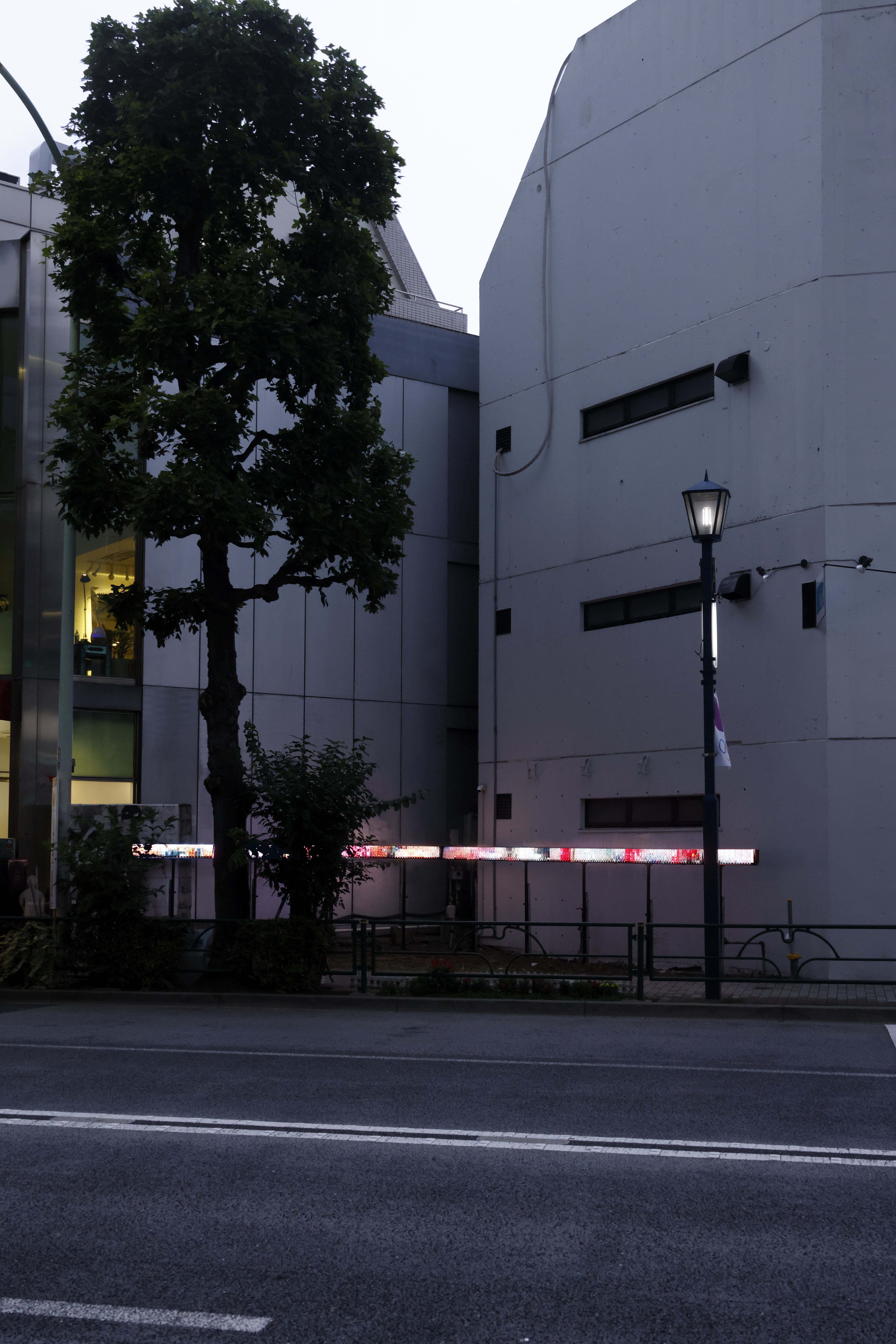
‘2020-2021’ by Daito Manabe + Rhizomatiks.
INFORMATION
Receive our daily digest of inspiration, escapism and design stories from around the world direct to your inbox.
Danielle Demetriou is a British writer and editor who moved from London to Japan in 2007. She writes about design, architecture and culture (for newspapers, magazines and books) and lives in an old machiya townhouse in Kyoto.
Instagram - @danielleinjapan
-
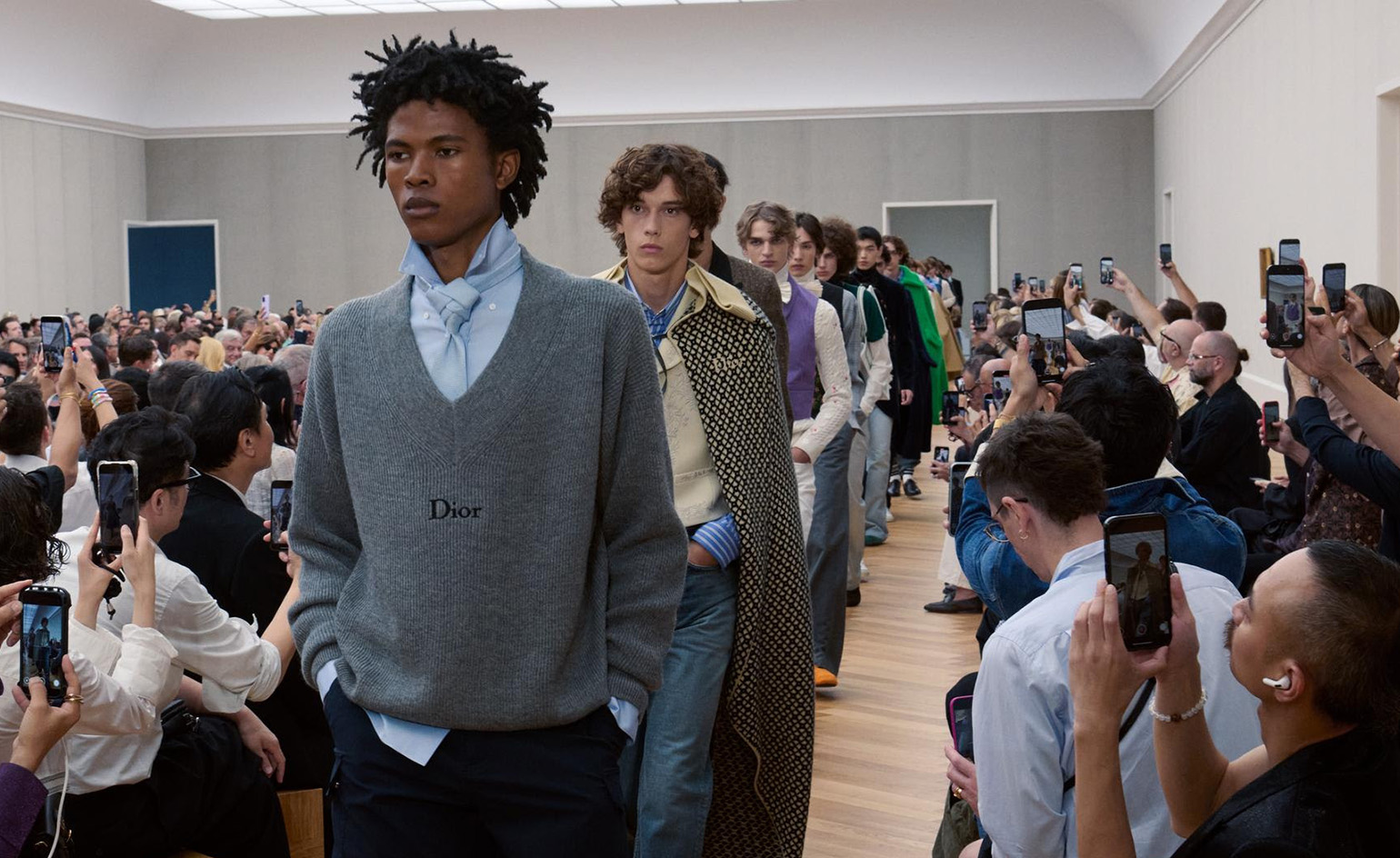 Men’s Fashion Week A/W 2026 is almost here. Here’s what to expect
Men’s Fashion Week A/W 2026 is almost here. Here’s what to expectFrom this season’s roster of Pitti Uomo guest designers to Jonathan Anderson’s sophomore men’s collection at Dior – as well as Véronique Nichanian’s Hermès swansong – everything to look out for at Men’s Fashion Week A/W 2026
-
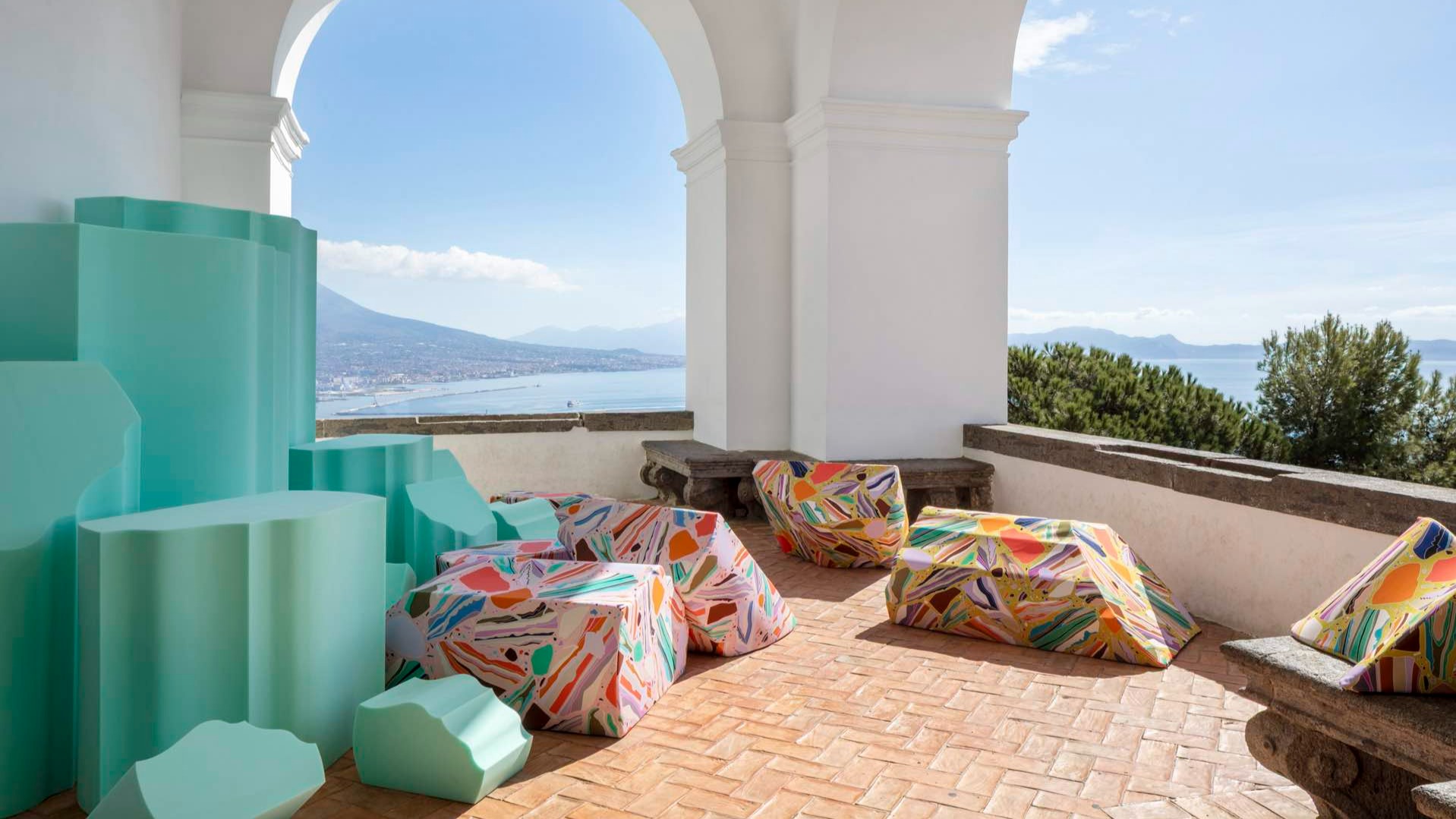 The international design fairs shaping 2026
The international design fairs shaping 2026Passports at the ready as Wallpaper* maps out the year’s best design fairs, from established fixtures to new arrivals.
-
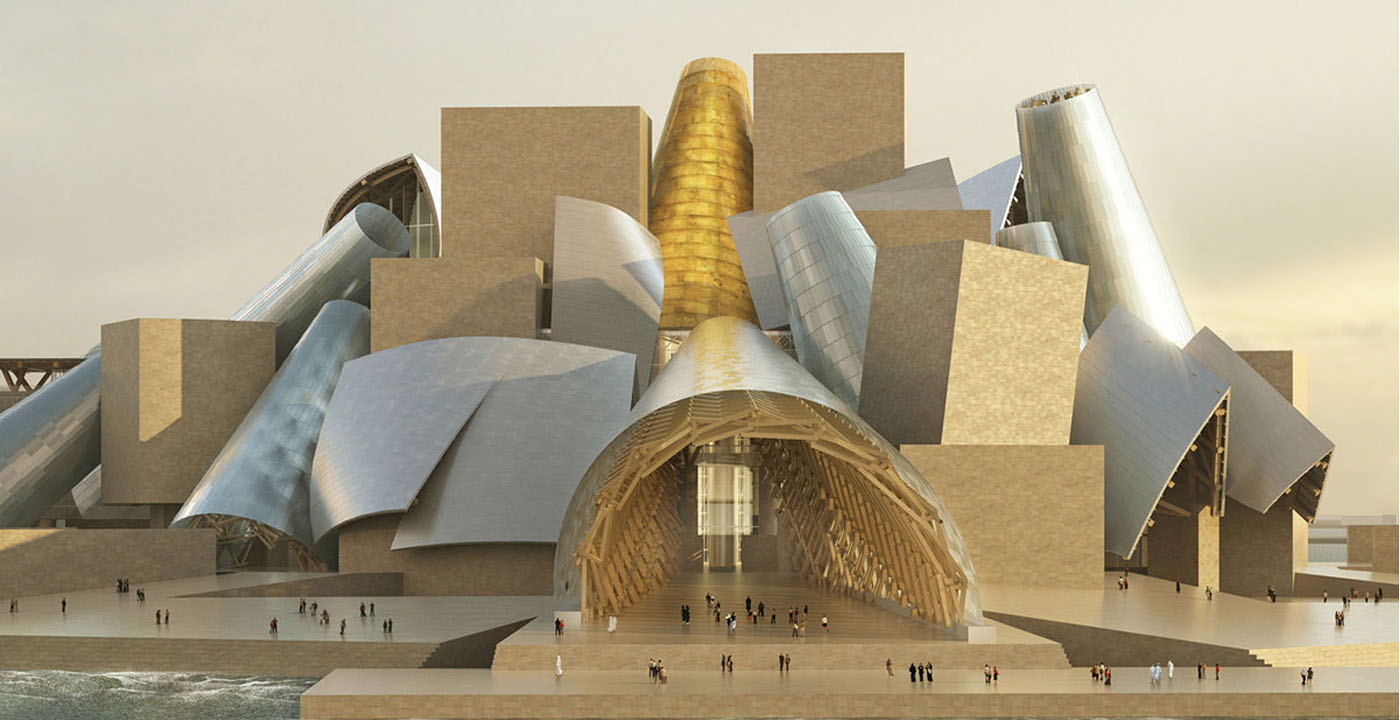 The eight hotly awaited art-venue openings we are most looking forward to in 2026
The eight hotly awaited art-venue openings we are most looking forward to in 2026With major new institutions gearing up to open their doors, it is set to be a big year in the art world. Here is what to look out for
-
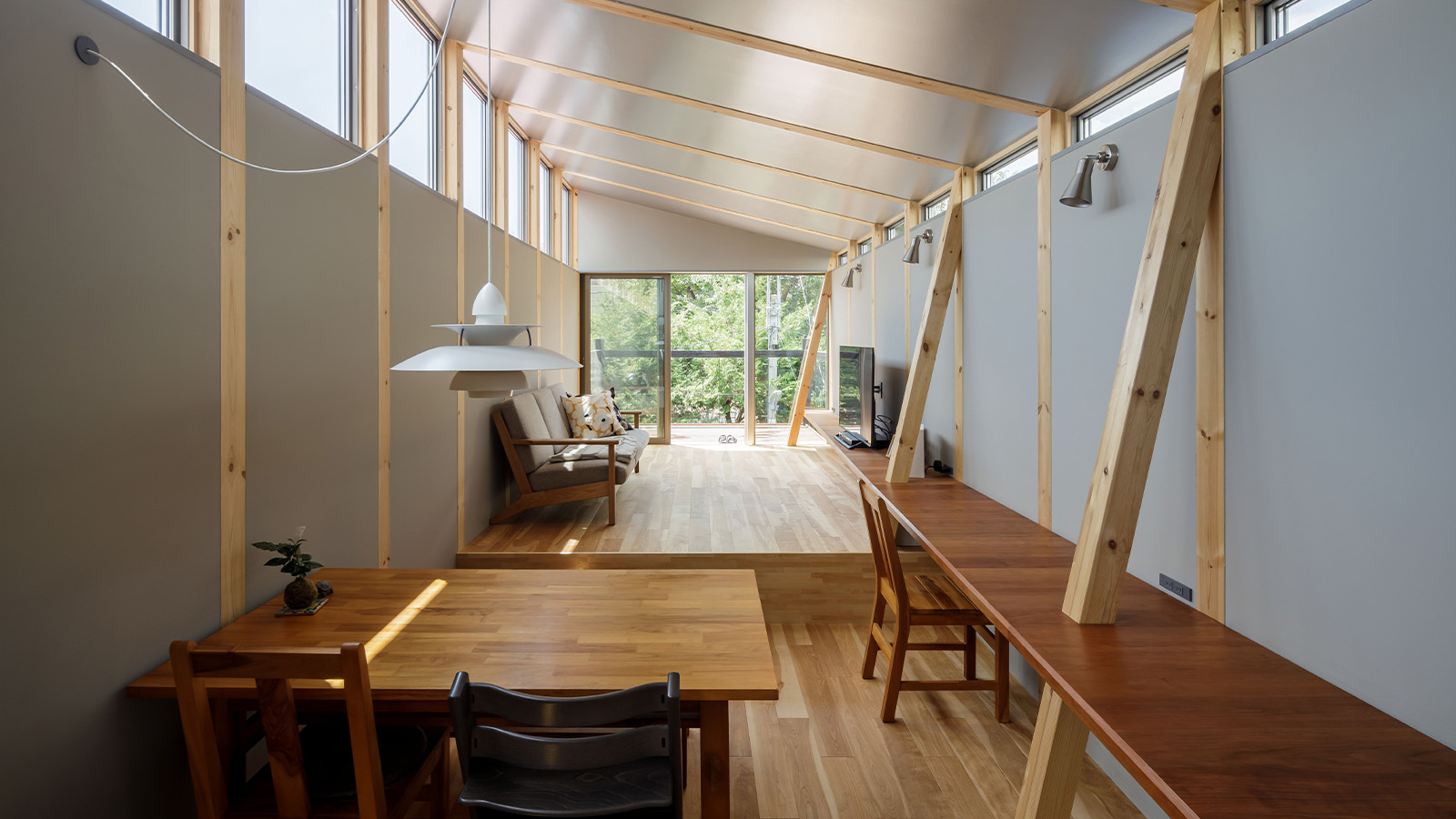 This Fukasawa house is a contemporary take on the traditional wooden architecture of Japan
This Fukasawa house is a contemporary take on the traditional wooden architecture of JapanDesigned by MIDW, a house nestled in the south-west Tokyo district features contrasting spaces united by the calming rhythm of structural timber beams
-
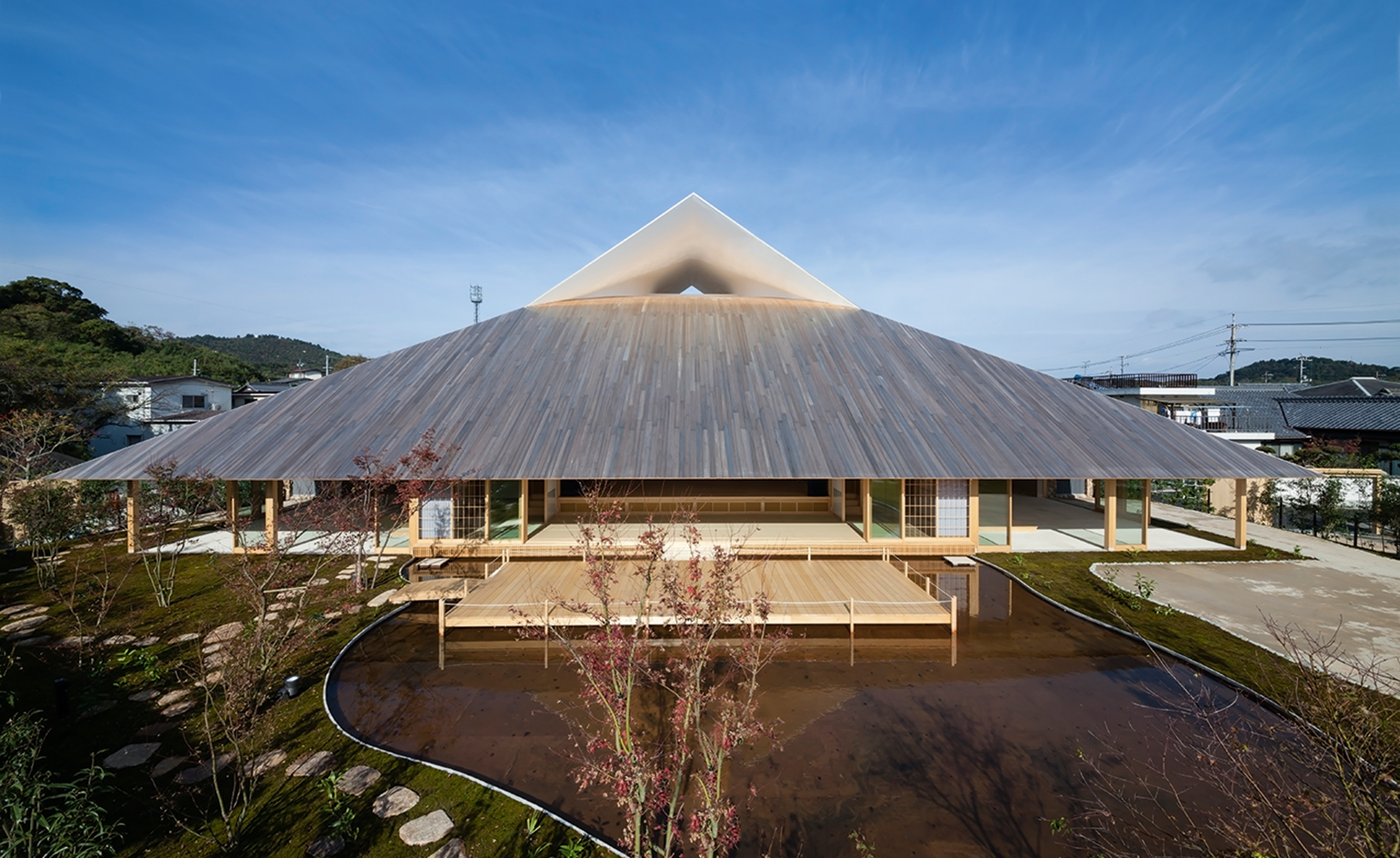 Take a tour of the 'architectural kingdom' of Japan
Take a tour of the 'architectural kingdom' of JapanJapan's Seto Inland Sea offers some of the finest architecture in the country – we tour its rich selection of contemporary buildings by some of the industry's biggest names
-
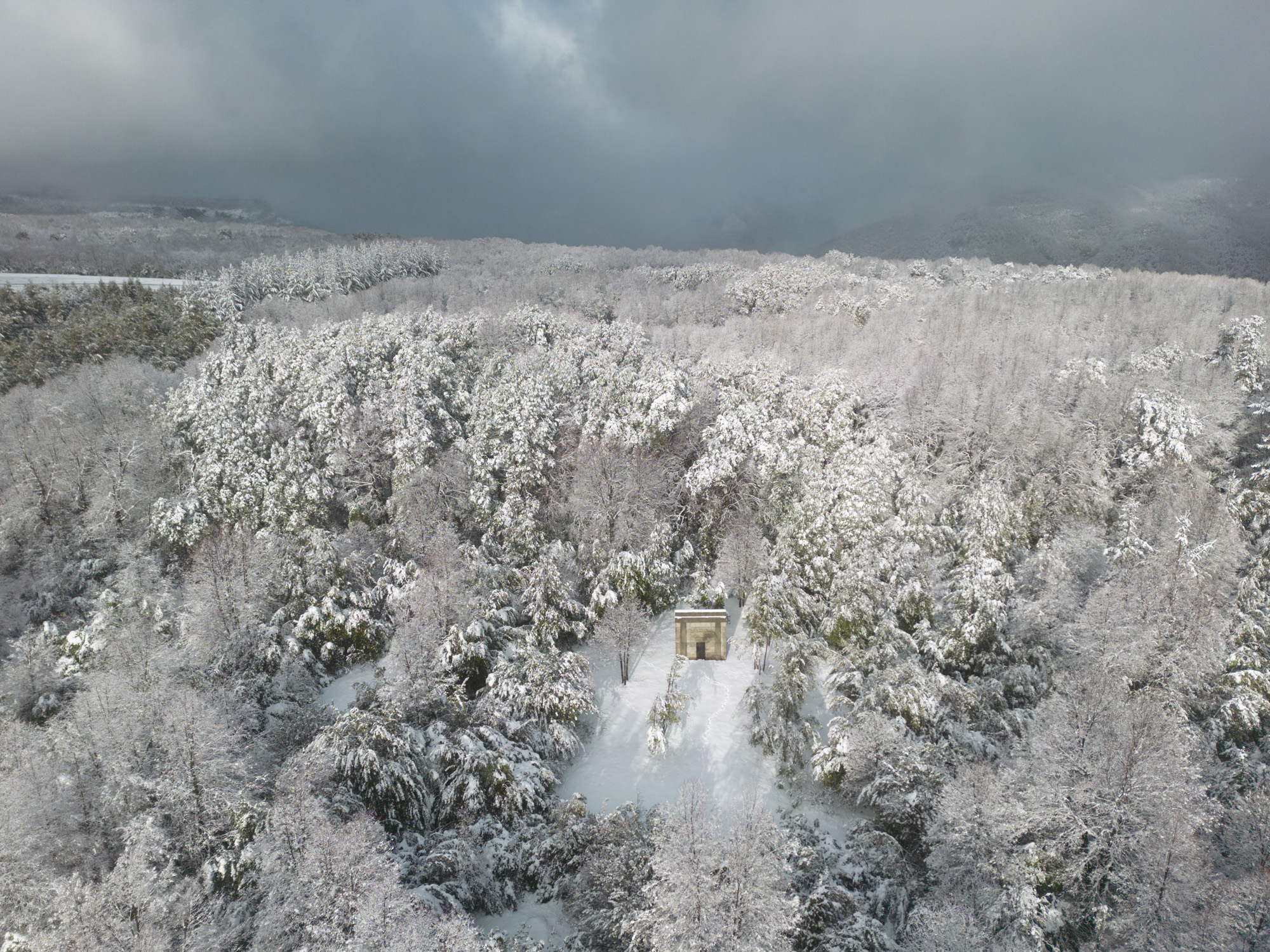 A Chilean pavilion cuts a small yet dramatic figure in a snowy, forested site
A Chilean pavilion cuts a small yet dramatic figure in a snowy, forested siteArchitects Pezo von Ellrichshausen are behind this compact pavilion, its geometric, concrete volume set within a forest in Chile’s Yungay region
-
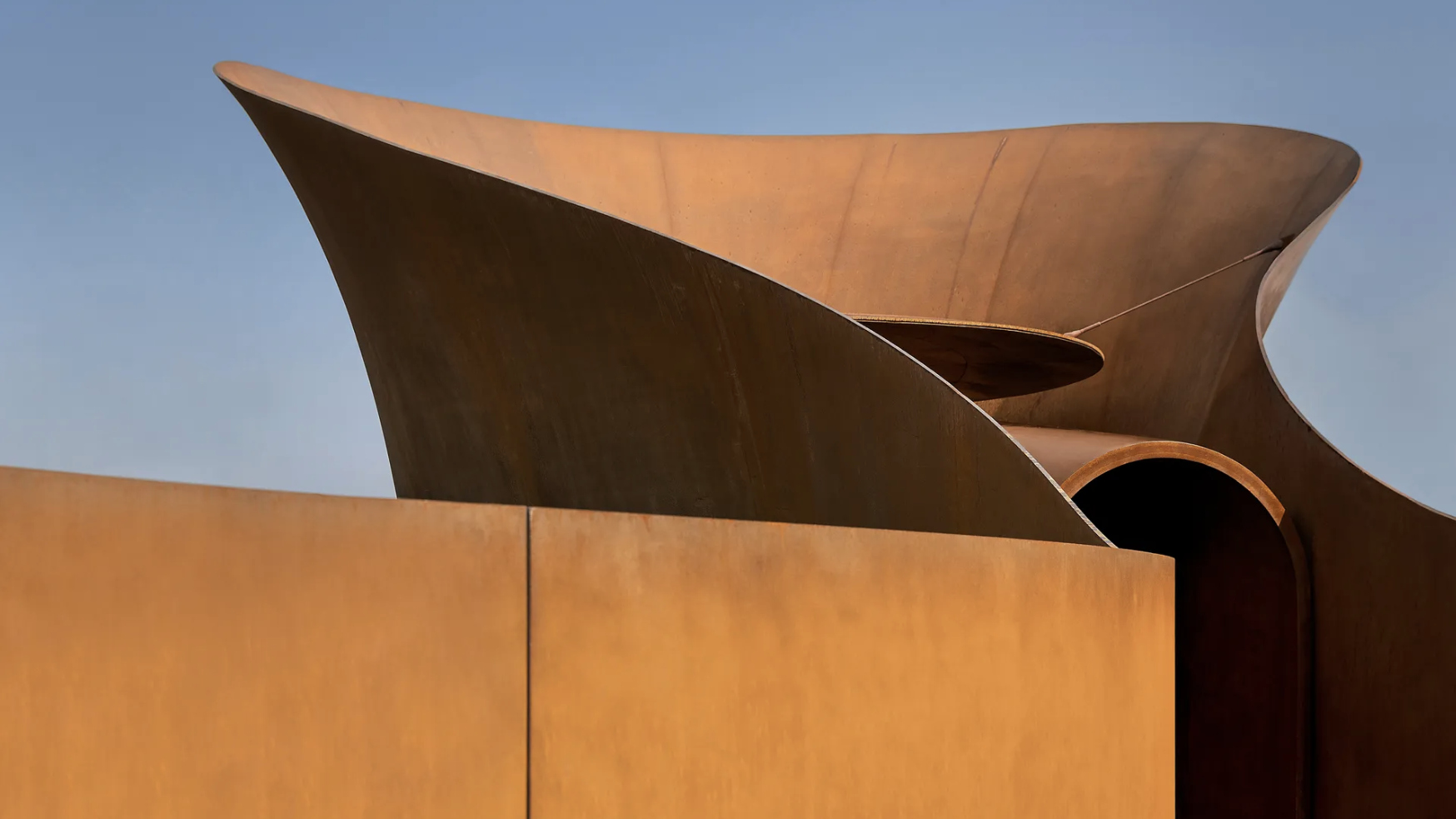 Doshi Retreat at the Vitra Campus is both a ‘first’ and a ‘last’ for the great Balkrishna Doshi
Doshi Retreat at the Vitra Campus is both a ‘first’ and a ‘last’ for the great Balkrishna DoshiDoshi Retreat opens at the Vitra campus, honouring the Indian modernist’s enduring legacy and joining the Swiss design company’s existing, fascinating collection of pavilions, displays and gardens
-
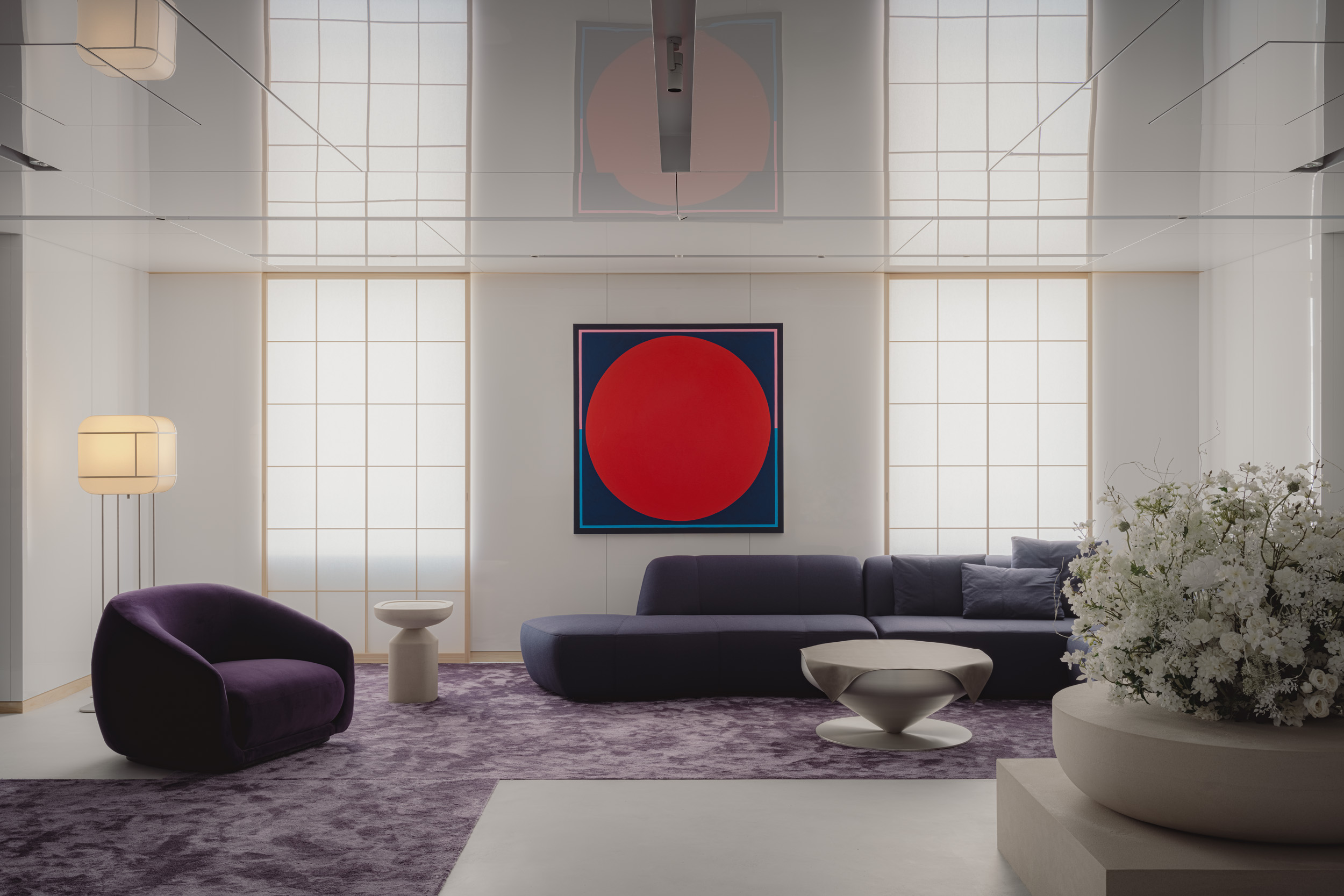 Matsuya Ginza lounge is a glossy haven at Tokyo’s century-old department store
Matsuya Ginza lounge is a glossy haven at Tokyo’s century-old department storeA new VIP lounge inside Tokyo’s Matsuya Ginza department store, designed by I-IN, balances modernity and elegance
-
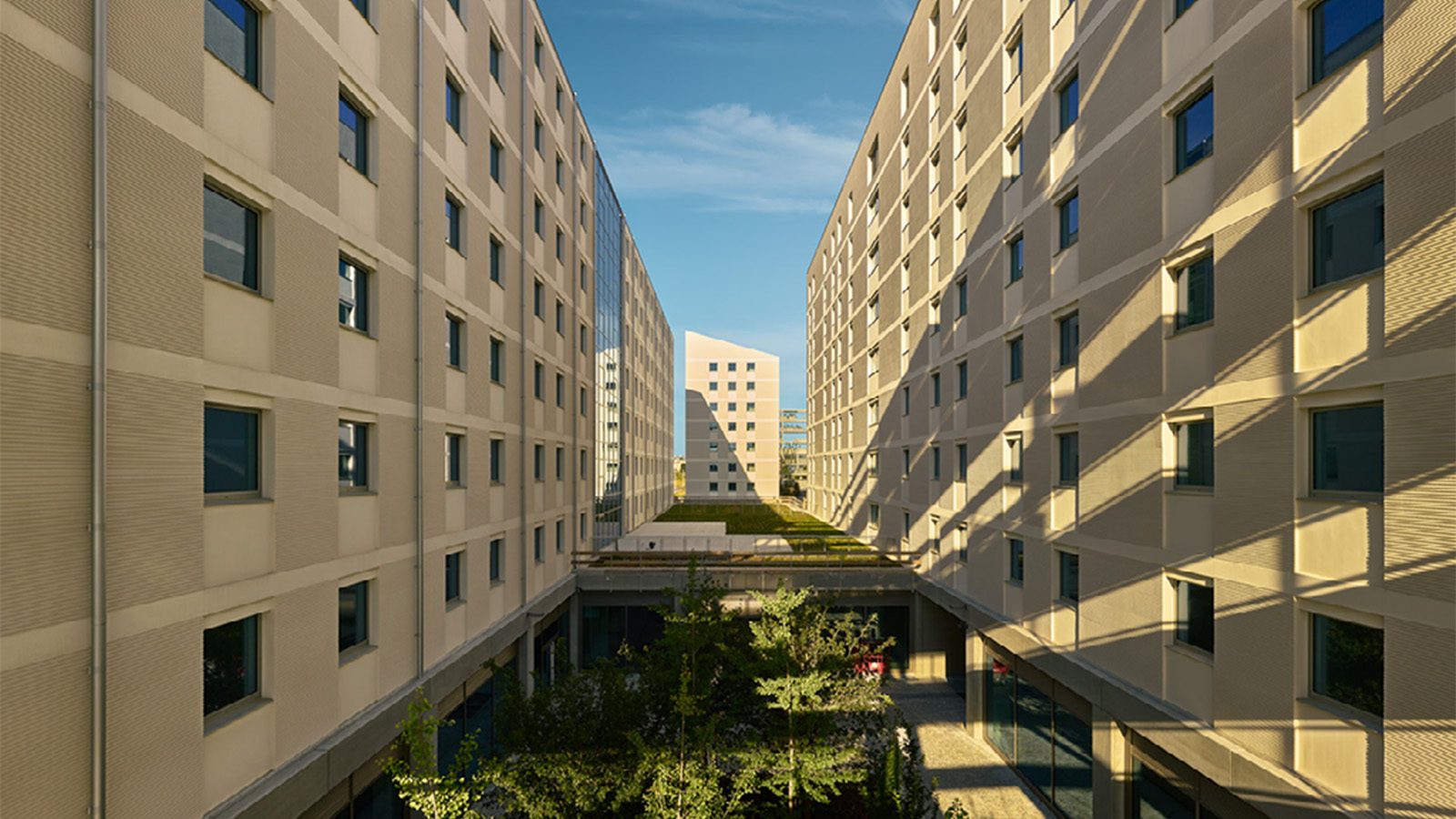 The 2026 Winter Olympics Village is complete. Take a look inside
The 2026 Winter Olympics Village is complete. Take a look insideAhead of the 2026 Winter Olympics, taking place in Milan in February, the new Olympic Village Plaza is set to be a bustling community hub, designed by Skidmore, Owings & Merrill
-
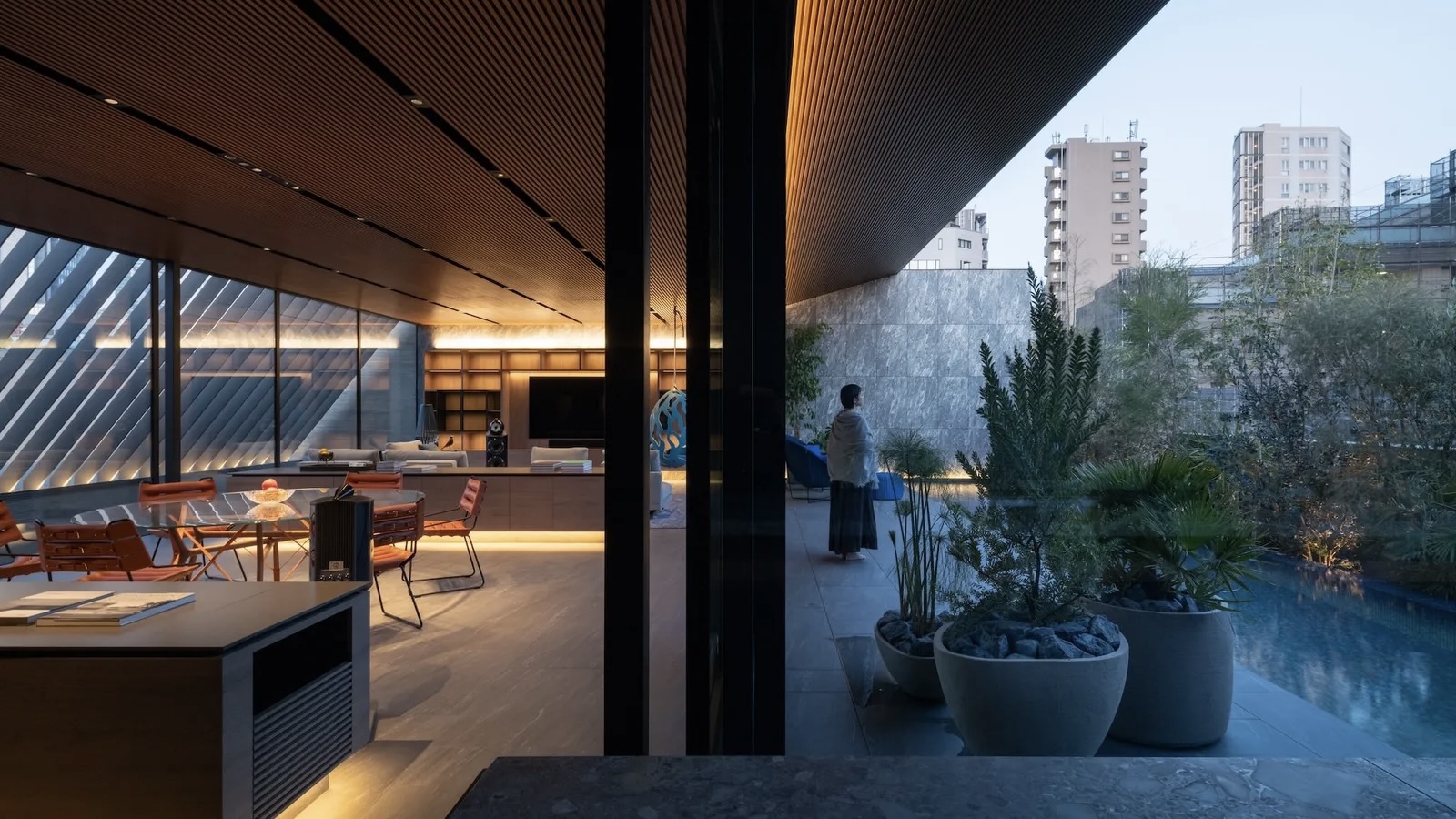 The Architecture Edit: Wallpaper’s houses of the month
The Architecture Edit: Wallpaper’s houses of the monthThis September, Wallpaper highlighted a striking mix of architecture – from iconic modernist homes newly up for sale to the dramatic transformation of a crumbling Scottish cottage. These are the projects that caught our eye
-
 Utopian, modular, futuristic: was Japanese Metabolism architecture's raddest movement?
Utopian, modular, futuristic: was Japanese Metabolism architecture's raddest movement?We take a deep dive into Japanese Metabolism, the pioneering and relatively short-lived 20th-century architecture movement with a worldwide impact; explore our ultimate guide